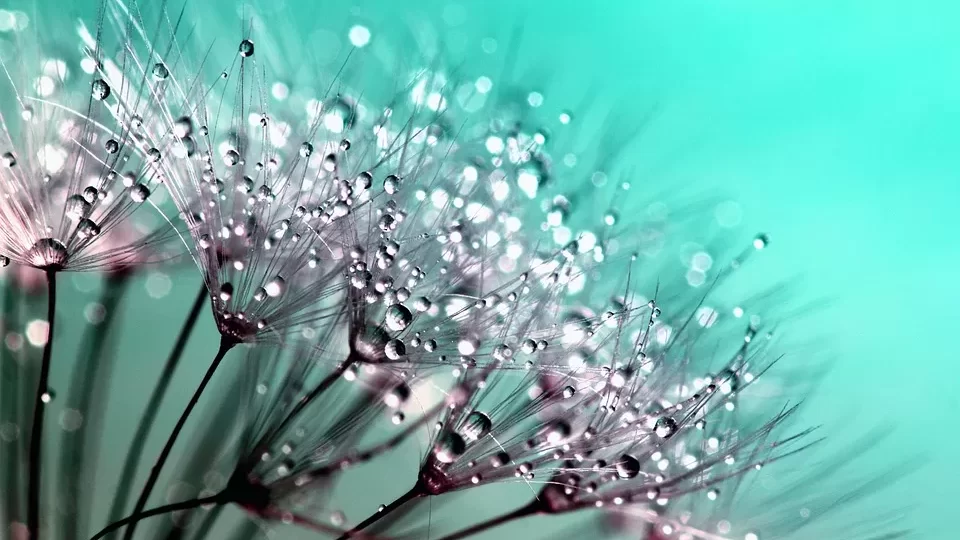
Growing Japanese Maples From Seeds – 5 Simple Steps to Success
Growing your own Japanese Maple from seed is a very rewarding experience. What could be better than to watch a seed sprout and become a little twig, then grow to be a beautiful tree? The secret to starting you own tree from seeds, is something called stratification. This is where you trick the seeds into thinking they have gone through a freeze/thaw cycle; also known as winter. Here are 5 simple steps to get you on your way:
- Start with fresh seed. Fresh seed increases the likelihood that the seeds will be viable. As a seeds ages, the chances of it germinating goes down. Gathering seeds from a local tree is a great way to ensure you start with fresh seeds, but be sure to ask permission first! When the seeds have turned reddish-green they will be ready to harvest. One thing to remember with ANY Japanese maple seed: there is no guarantee that you will get the same color tree as the one the seed was picked from. A seed from a Red Japanese Maple will usually be red, but there is also the possibility it may be a cross between a red and green tree, which may produce a tree that has traits from both parents. But this is the exciting part; your tree will be one of a kind! You can also purchase small quantities of seeds from Ebay, but be sure to confirm they are the current years crop.
- Determine what your zone’s “last frost date” is. This is the day in the spring that it is usually safe to begin to plant gardens. In Maine, it is usually just after Memorial Day. Now count backwards 120 days. This is the approximate number of days the seeds will need to germinate. This is the date you will start the stratification process. You may find that some seeds don’t sprout until much later than the 120 days, but be patient, some seeds are just late bloomers, or is it sprouters?
- On or around the date you determined in step 2, Fill a cup with hot water from your faucet, but do not use extremely hot water. If your hot water steams when it comes out of the faucet, it may be too hot. Just adjust the temperature with cold water. If the water is too hot, it will kill the seeds. Do not overfill the cup, you need room to add the seeds. Dump your seeds into the cup, and let everything sit for 24 hours.
- Most of the seeds will now be at the bottom of the cup. The seeds have absorbed water and have now started the germination process. Remove these seeds, and place them in a small baggie that contains moistened sand, peat, vermiculite, or a combination of them. The exact mix is not extremely important, just be sure it is moist and not wet. Personally, I have had better luck with vermiculite, and it is easier to find the seeds when it comes time to plant them, but go ahead and use what is easiest for you. Poke a few holes in the baggie with a fork to allow air to circulate. Place the baggie in the refrigerator. I place mine in the door, or crisper. Be sure to place them somewhere that you can see them. You will need to check on them every so often, and if they get shoved behind something, you may forget. Check the baggie occasionally to be sure the sand, peat, or vermiculite is still moist, and add water if needed. Opening the bag to check the moisture also exchanges the air in the bag, which help eliminate mold and fungus. If mold or fungus is present, don’t panic. Simply rinse the seeds with a 50/50 mix of water and Hydrogen Peroxide, and place back in a baggie with fresh, moist sand, peat, or vermiculite.
- As the seeds begin to sprout, you will see small white “tails” coming from the seeds. You are getting closer to growing your tree! You can choose to plant the seeds outside after the last frost, or use the method that I have found works best for me. Either way works, but I have found that I don’t have a lot of control over the weather, and it occasionally doesn’t cooperate. There have been times that my seeds were ready to plant outside, but the ground was still frozen. Not much I could do about that! I decided to plant the seeds in individual Peat pots. You know the ones; the ones that swell up when you add water. Poke a hole in the top of the pot with a pencil, and place the seed in the hole. Keep the pots moist, but not wet. This method gives you a little extra time for the weather to cooperate. Be sure to give the plants plenty of light when they start to develop leaves. I use a fluorescent light suspended above the plants, but a bright window works just as well, and be sure to rotate the plants if they begin to bend towards the light. One other thing to watch for is something called damping off. This is when the plant dies and rots near the soil line. It is caused by a fungus that lives in the soil, and is usually from lack of air circulation and over watering. If I find seedlings that exhibit damping off, I remove them from the area to reduce the spread, and adjust air flow with a fan, and reduce the watering frequency. When you can work your soil outside, simply plant the pots in the ground. I plant mine in a bed that I made to grow the plants for a while until I can re-pot them to sell. For the seeds that have not germinated, plant them in a shaded bed approximately 3/8 deep, watering them occasionally. Leave them until the next year, and see if any have sprouted.
New Japanese Maples should be shaded for the first year or two to minimize the likelihood that they will be scorched by the sun. For small quantities of plants, you can build a small cage of lattice that will provide shade. For larger quantities, lattice suspended above the plants on a frame of wood or cement blocks is an option, but a piece of shade cloth may be a better option. After the plants have grown for a few years, they can be transplanted to their permanent home. Be sure to dig and transplant the trees after they are dormant to ensure their survivability.
Congratulations! You now have a beautiful Japanese Maple that you can enjoy for years to come, and you even get to tell everyone who comments on it that you grew it yourself!
seeds
#Growing #Japanese #Maples #Seeds #Simple #Steps #Success
Will be pleased to have you visit my pages on social networking .
Facebook page here.
Twitter account is here.
Linkedin account here
Post byBedewy for info askme VISIT GAHZLY




